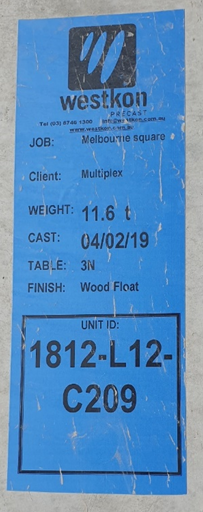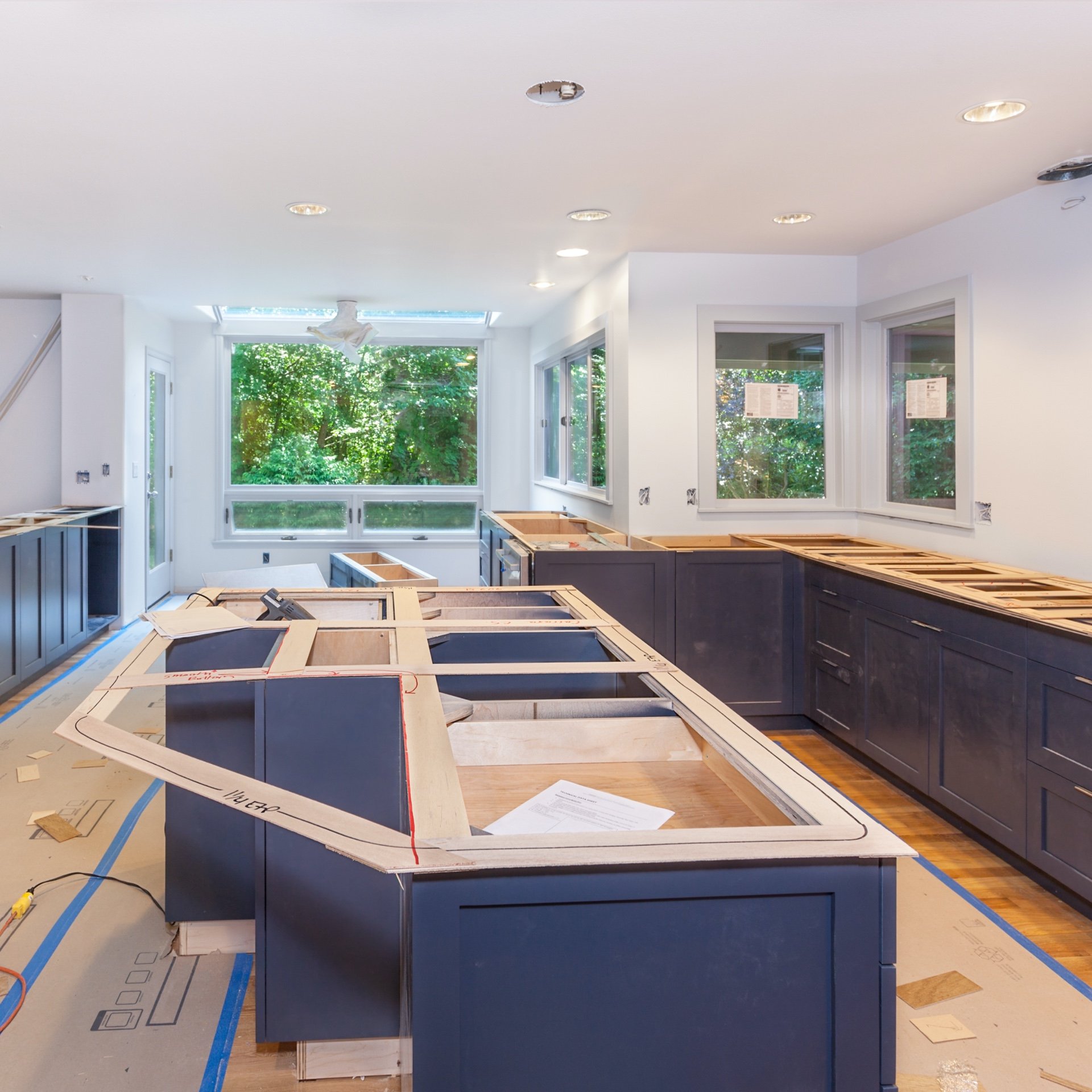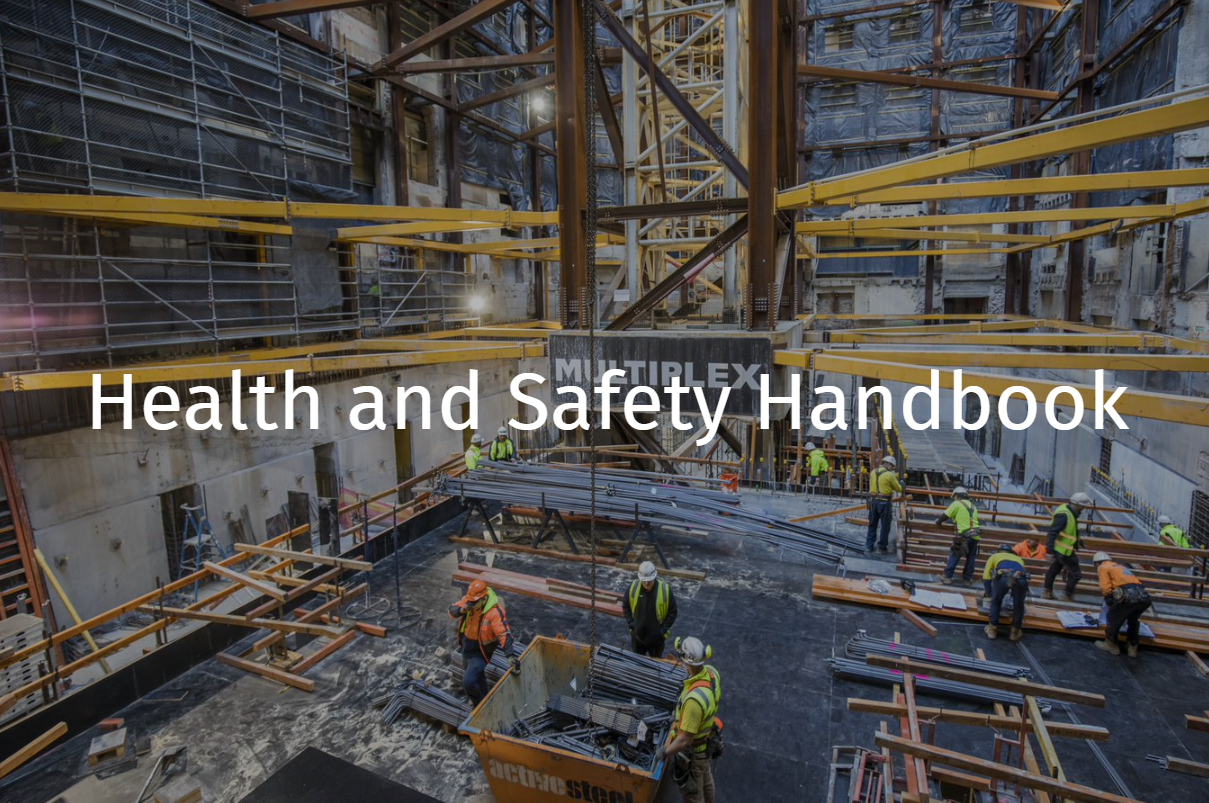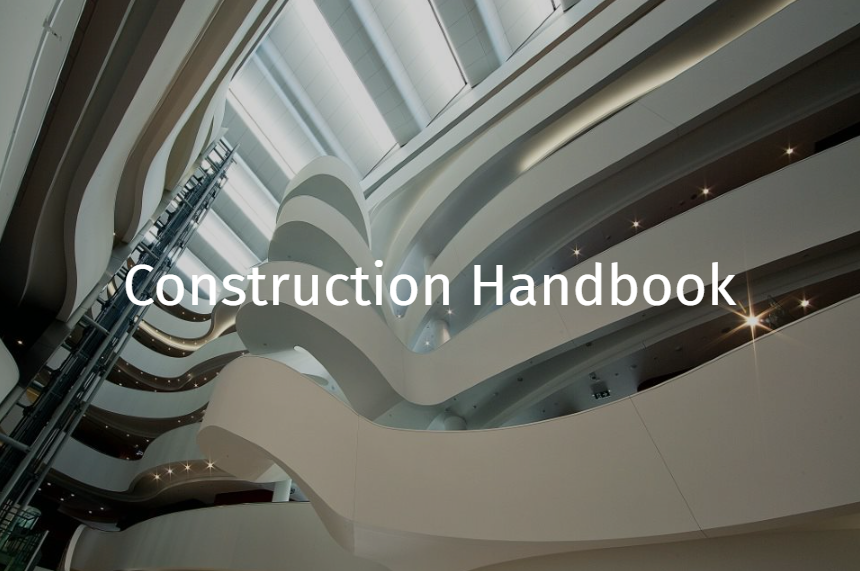Precast Concrete: Components
Sample Approval
- Sample approval of any proposed proprietary or manufactured moulds, inserts and fixings, must be signed off by the structural engineer prior to use.
- Concrete mix design must be approved by the structural engineer.
Form Moulds
- The moulds must be constructed so as to produce the finished concrete to the shape, lines and dimensions shown on the drawings, and in accordance with the surface finish and tolerances specified in the Concrete Specification.
- Formwork must be designed and constructed in accordance with AS 3610.
Reinforcing
- Reinforcing must be compliant to:
- AS/NZS 4671:2001 : Steel reinforcing materials
- AS/NZS 4672.1:2007 : Steel prestressing materials - General requirements
- Only reinforcement with ACRS Certification is suitable.
Australasian Certification Authority for Reinforcing and Structural Steels (ACRS)
- The Australasian Certification Authority for Reinforcing and Structural Steels Ltd, “ACRS” was formed to provide independent, third-party certification of steel construction materials manufactured to Australian Standards.
- ACRS certificates give a continuing level of assurance of compliance to AS/NZS 4671.
- ACRS certificates are only valid for twelve months to ensure consistent compliance - website address https://www.acrs.net.au/
What to check on an ACRS Certificate?
- When verifying that a product is ACRS approved, it is important to ensure that the product type, process and size are included on the certificate and that the certificate is of the relevant type.
- Your supplier must have a valid ACRS certificate, and if you receive a product that is not listed on the supplier’s certificate, and/or that of their upstream supplier, that product is not ACRS certified!
- Each ACRS Certificate should show:
1.The name of the supplier to which the certificate applies, with its company logo
2.The identity of the supplier facility
3.The products and/or services covered by the Approval, including applicable Australian Standards and/or ACRS assessment schedule
4.The dates of validity of the certificate
5.The date of first certification of the supplier location.
Cast-ins
- Cast-in fixings such as ferrules, threaded inserts, weld plates or brackets must be designed and specified by an engineer and should be installed as per the manufacturer’s recommendations.
- Where possible, and to minimise the chance of error, fixings should be standardised for all concrete elements on each project.
- Where permanent fixings or connections are also intended for temporary use during construction, these should be verified that such use will not compromise their long term performance.
Impact driven fixings, including power-activated hand held fastening tools, must not be used.
Lifting Inserts
- The design of the lifting inserts must be done in accordance with the latest versions of AS 3850 “Prefabricated Concrete Elements”:
- Part 1: General requirements
- Part 2: Building construction.
- Lifting inserts should be configured in accordance with the manufacturer’s recommendations, including component reinforcement taking into account the direction of the applied load.
- For further information refer to the MPX WORK HEALTH & SAFETY HANDBOOK.
Strongbacks
- A strongback is a temporary member used to strengthen the concrete element or to locate additional lifting points to prevent out-of-plane rotation of odd-shaped concrete elements.
- Refer to MPX WORK HEALTH & SAFETY HANDBOOK.

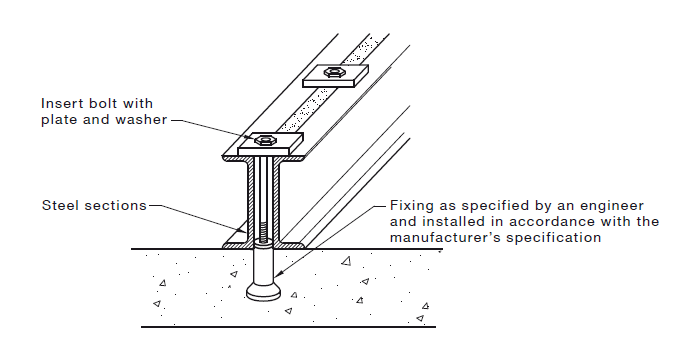
Concrete
- Concrete strengths for each precast element are specified by the structural engineer and documented on each drawing.
- Documented verification records of concrete ordered, supplied and used must be maintained by the manufacturer and evidenced on their ITP.
- The manufacturer is required to provide results of testing from a NATA accredited testing facility.
Traceability
- All precast concrete units must be able to be traced from the completion of manufacture to their final location.
- Every unit must have a cast in label that includes a unique identification number, commonly the concrete element number, and date of casting. Bar codes and RFID tags are also acceptable.
- Cast in labels must be on one end of each unit, but not in the load path.
- Cast in labels must be non-metallic and resistant to chemicals.
- Piles must be marked and numbered at 500mm increments starting from the toe with a permanent marking material.
